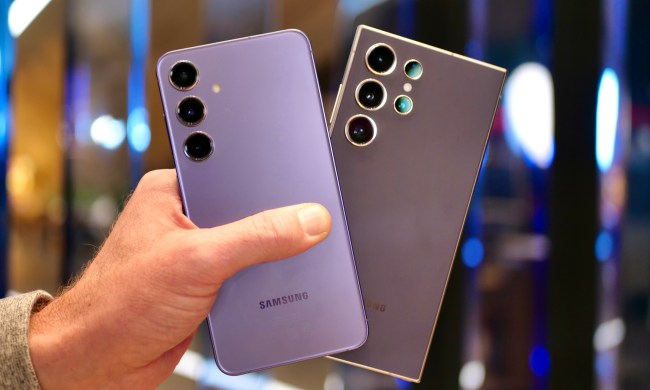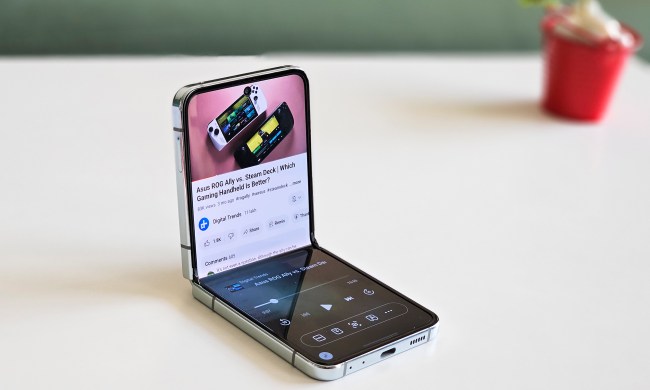ZTE first mentioned the Axon Mini back in July at the same time it announced the Axon Watch, but didn’t share anything about it other than the name. It has taken until October for the company to reveal the specs and release date for the device, so here’s everything you need to know about it.
The big news is the Axon Mini will have a pressure sensitive screen, for force touch-like features, as seen on the Apple iPhone 6S and the Huawei Mate S. The features it will enable are a mystery, outside of it being part of the security system, for gaming and in the UI.
When you find out the Axon Mini has a 5.2-inch, 1080p Super AMOLED display covered in 2.5D glass, it doesn’t sound very small, but the body in which the screen is mounted has been shaved right down to make the overall device surprisingly compact. ZTE says the aluminum chassis is just 3.5mm thick, the bezels either side of the display are less than a 1mm wide, and the whole phone is just 70mm across.That’s the same as the Samsung Galaxy S6, which has a 5.1-inch screen.
The new Snapdragon 616 octa-core processor with 3GB of RAM gives the Axon Mini its power, and the 32GB of internal memory can easily be increased with a MicroSD card up to 128GB in capacity. ZTE has added phase detection autofocus to the 13-megapixel rear camera, which it says will focus in on an object in less than 0.1 seconds, and there’s an 8-megapixel camera around the front.
Like the Axon Elite — the international version of the Axon — the Axon Mini has three biometric security features: Fingerprints, eye scanning, and voice authentication. The voice control system can be used to dictate messages, plus the phone has a voice translator for English, Chinese, Korean, and Japanese languages built in. We expect the Axon Mini to run Android, but ZTE hasn’t told us what version will be installed yet.
The phone will come in ion gold, rose gold, and chromium silver when it goes on sale in China soon, plus it’ll subsequently be sold in parts of Europe, Russia, Japan, India, Hong Kong, Thailand, and Australia. The price is $440 or 390 euros for the “premium edition,” or $380 for the standard model. We’re confirming what the difference between the two is, but it may be like the Huawei Mate S, and only the premium model will have the pressure sensitive screen.



